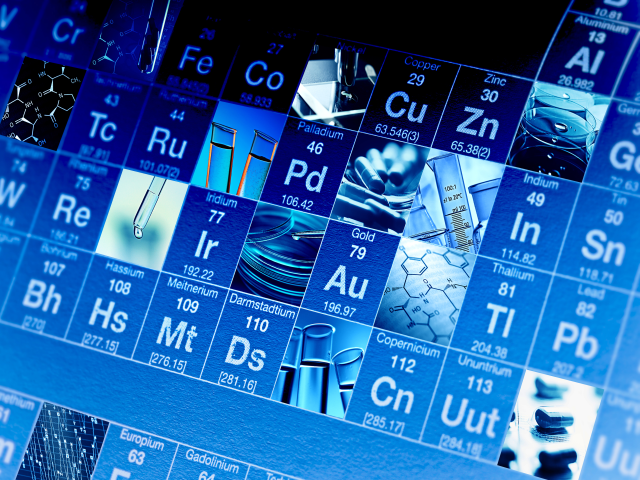
From process validation to material identification and from organic to inorganic materials, our team and tools are ready to support your materials analysis needs.
Fill Out A Quick Form and Get A Free Quote!
Materials characterization is an analytical technique used to identify the organic or inorganic composition of a substance or material. It may be used to aid in the identification of perceived contamination, reversed engineer a process, or process validation.
Generally, the first step in materials characterization for an unknown material will be Energy dispersive spectroscopy (EDS). EDS is a microbeam analysis technique by which energy is injected into the sample with an electron beam to generate electron-hole pairs. When the vacated holes are filled with an electron, an X-ray photon, characteristic of the material, is emitted from the sample per Moseley’s Law. The photons are collected by the detector, and a spectrum is generated over a period of time, typically less than 1 minute. This analysis technique is capable of qualitative and near quantitative analysis.
If the results of EDS indicate the material is carbon based or it is apparent by visual inspection the material is organic, Fourier Transform Infrared (FT-IR) Spectroscopy may be applied to perform characterization of the material. With FT-IR an infrared (IR) light source is applied to the material under analysis. The molecules in the material under analysis will absorb characteristic IR wavelengths which are unique to the molecules, and a resulting IR spectrum will be generated. The characteristic spectrum may then be analyzed to identify the molecular composition of the material. FT-IR is capable of quantitative and qualitative analyses.

Industries
Who We Are



